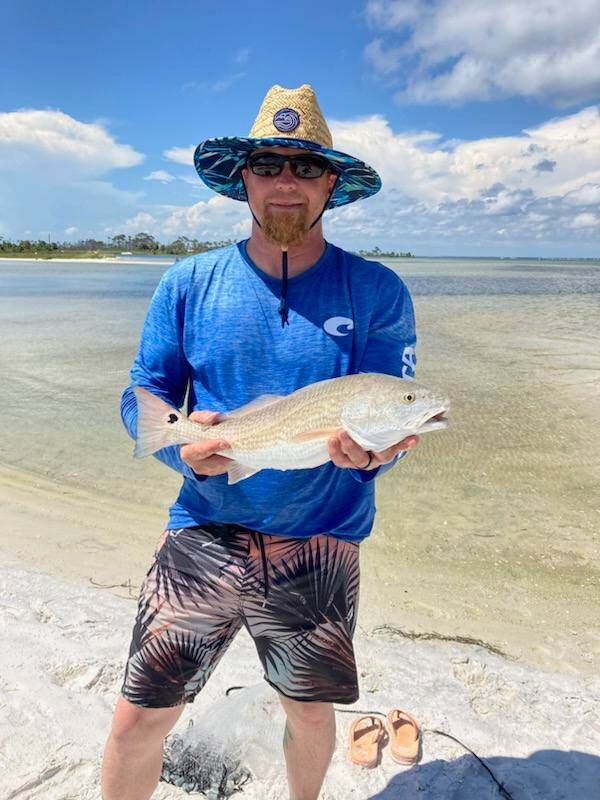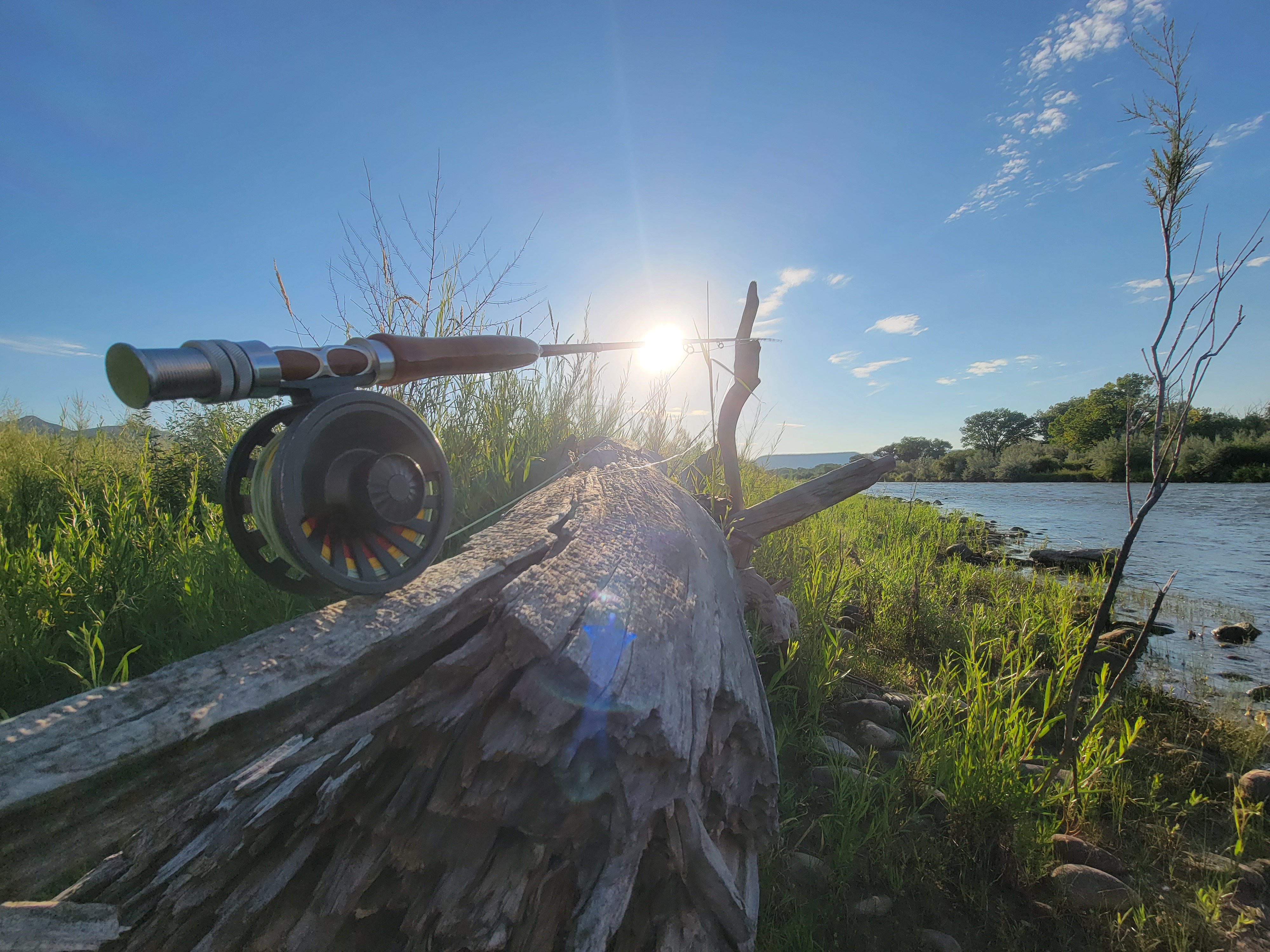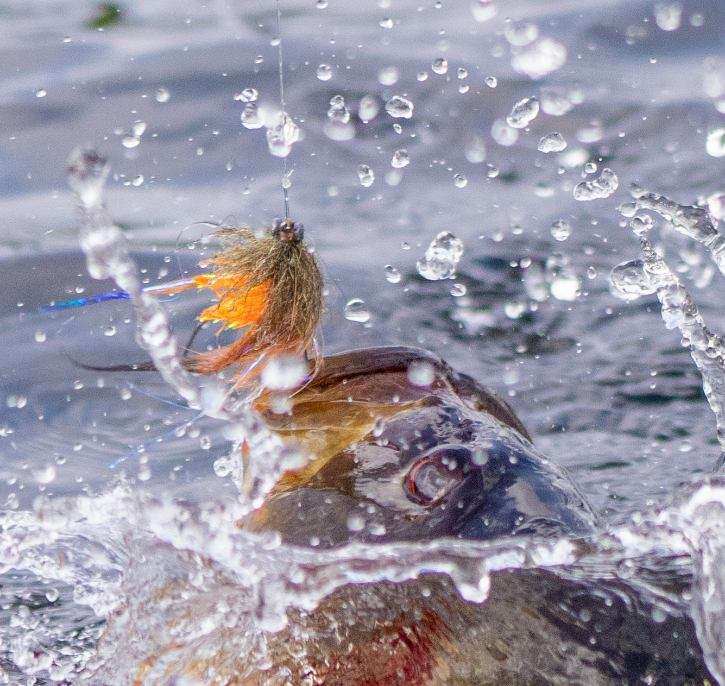Let’s face it—bass are like the celebrity bad boys of the fishing world: strong, unpredictable, and everyone wants a piece of them. But there’s more to these fish than meets the eye. To truly become a bass whisperer, you must know the key differences between largemouth and smallmouth bass. They may be cousins, but these two are as different as night and day—and you’ve got to learn their quirks if you want to fill your net. Let’s dive in!

Physical Differences: Spot the Odd Fish Out
So, you’re standing on the water's edge, thinking, "Bass is bass, right?" Wrong! The easiest way to tell largemouth bass from smallmouth bass is by their mouths (shocking, I know). Largemouth have mouths so big they could double as a garage for their egos, with jaws extending well past their eyes. Meanwhile, smallmouth keep it classy, with jaws that line up neatly with their eyeballs. These features aren't just for show—they dictate how and what these bad boys eat. Get the full breakdown of their physical differences over at Outdoor Life https://www.outdoorlife.com.
Habitat Preferences: Home Sweet Home
Largemouth Bass: Think of largemouth as the introverted homebodies of the bass world. They love hiding in murky waters with tons of cover—think weedy beds, submerged logs, or even under your aunt’s dock. They thrive in the heat, preferring waters as warm as a summer BBQ (upper 70s to mid-80s Fahrenheit). So, if you’re looking to hook a largemouth, aim for the thickest, nastiest cover you can find—if it looks like a fish could get lost in there, you’re in the right spot!

Smallmouth Bass: On the other hand, smallmouths are the thrill-seekers—the adrenaline junkies of the bass family. They prefer the cooler, clearer waters with a bit of current. You’ll find them in rivers and rocky lakes where they can strut their stuff around rock piles, ledges, and other underwater hangouts. If largemouth are hiding in the swamp, smallmouth are out cruising the strip! For more on where these bass like to party, visit Fishing Skillz https://www.fishingskillz.com.

Feeding Behavior and Fly Selection: What’s on the Menu?
Largemouth Bass: These guys are the classic couch potatoes—they love to lie in wait and ambush their prey. Big mouths mean big meals, so go big or go home with your flies! Poppers, streamers, and giant nymphs are perfect for imitating frogs, crayfish, and larger baitfish. Don’t be afraid to go bold—largemouth like their meals served with a side of drama.
Smallmouth Bass: Smallmouths are the go-getters. They’re not waiting for dinner to come to them—they’re chasing it down like a kid after the ice cream truck. Opt for smaller, more active flies like Clouser minnows, crayfish patterns, and flashy nymphs. Keep your retrieve lively to match their energetic hunting style—they’re more likely to go after prey that looks like it's trying to make a getaway.
Fishing Techniques: Hook 'Em Like a Pro
For Largemouth Bass:
- Topwater Action: Think of this as the bass equivalent of ordering takeout. These fish come to the surface for an easy meal in the early mornings and late evenings. Break out the poppers and deer hair frogs, and make some noise!
- Subsurface Strategies: When the sun’s high, go low. Toss streamers or large nymphs into the shady, covered areas where largemouth hide out. Slow and steady wins the race here.
For Smallmouth Bass:
- Stream Fishing: Smallmouth thrive in moving water. Think of them as the rock climbers of the bass world—always on the move, always looking for a challenge. Use streamers and nymphs near rocky ledges and riffles to mimic their prey.
- Active Retrieval: Smallmouth like a good chase, so keep your retrieves quick and erratic. Think of your fly as that annoying fly at the barbecue—moving just fast enough to make them snap!
Tips from the Bass Pros
Want to fish like a pro? Learn from the best! According to smallmouth guru Jeff Elliott, these fish are nomadic by nature—always moving, always hunting. “Smallmouth bass are like the road-trippers of the fish world,” says Elliott. “They don’t stay in one place for long.” Meanwhile, largemouth expert Todd Driscoll advises focusing on areas with heavy cover and using lures that make a splash—literally! “Sometimes, you have to fish aggressively to get a largemouth’s attention,” he notes. Check out more expert insights on Outdoor Life https://www.outdoorlife.com.
Conclusion: Know Your Bass, Know Success
Largemouth and smallmouth bass may share a last name, but these cousins couldn’t be more different. From where they live to what they eat, understanding their unique behaviors will help you tailor your fly fishing techniques for a killer day on the water. So, whether you’re going after the ambush king or the open-water warrior, now you’ve got the tips to hook ’em and look good doing it. For even more tricks and insider knowledge, head over to Fishing Skillz and Outdoor Life.
Now go out there and make those bass wish they never left the pond! Tight lines, and may your flies always land where the fish are biting!
.png?width=300&height=100&name=Copy%20of%20Rise%20Beyond%20Logo%2012.31.24%20(300%20x%20100%20px).png)

.png)

